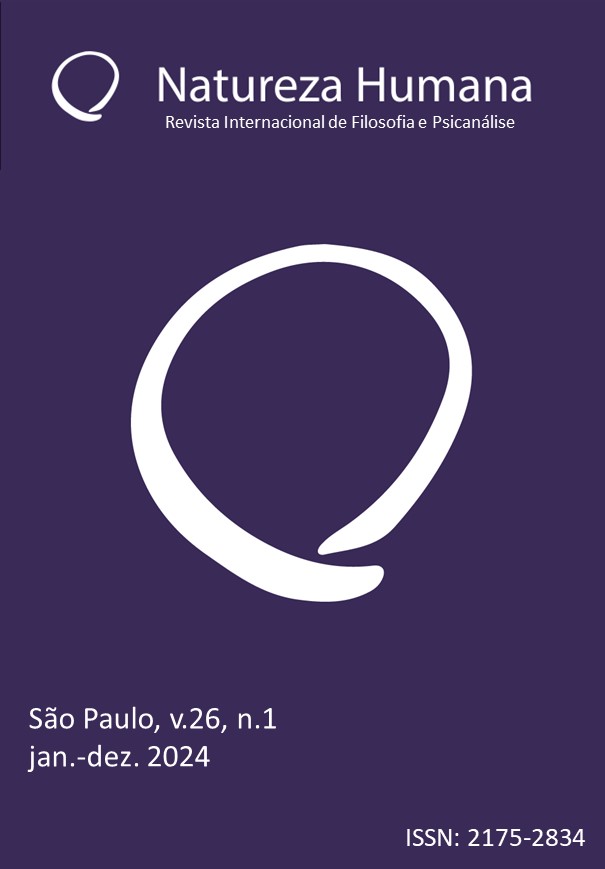Ontotechnologies of the body and biopolitics in the age of post-humanity and post-emancipation
DOI:
https://doi.org/10.59539/2175-2834-v26n1-650Keywords:
contrasexuality; morphological freedom; interindividual relationships.Abstract
Fundamental, as it is, to understand the background all in all “anthropophagic” of interpersonal relations of indiscriminate consummerism of all by all, the idea of the use of bodies proves crucial for the humanist regulation against abuse, manipulation and exploitation. In turn, the acquired notion of originary technicity, as the technological condition of anthropos itself, mens that neither body, nor language, evades the availeability of all things in the direction pointed by technology. Emerging presently as the grid of intelçigeability of the world and of humankind itself, it opens the path to a post-humanist critique of the instrumental, prosthetic of the essential serviceability of technics, all the while it disavowals the notion that the body, or belonging to a gender, or desire and sexuality for that matter, can be the locus of resistance to technologically mediated power-knowledge relations. The animacy upon which rests the former in the age of biopolitics comprise the entire corporeal prime matter in all its levels, vegetative, animal, relational, and projects itself in the so called post-liberatory politics in which is at stake, not anymore the definition and the practice of rights, liberties and garantees of classical Enlighted politics, but the pursuit of experimental ways of life, as in the case of technoperformative counter-sexuality. Technophiliac experimental life operating at the level of morphological liberty, bears, notwithstanding, decisive epistemopolitical implications.Downloads
Published
2024-10-22 — Updated on 2024-10-22
How to Cite
Cascais, A. F. (2024). Ontotechnologies of the body and biopolitics in the age of post-humanity and post-emancipation. Human Nature - International Philosophy and Psychology Review, 26(1), 125–159. https://doi.org/10.59539/2175-2834-v26n1-650
Issue
Section
Dossiê








